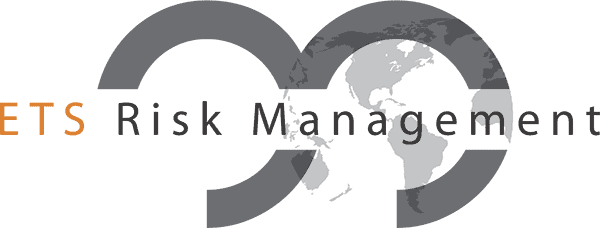
Insider Threat Program Development – Four-Phase Model
ETS Risk Management was tasked with building a quality Insider Threat program for an at-risk organization. The ETS Insider Threat consulting team utilized a forward-looking four-phase process that mitigates the risk of existential harm to any business with critical assets that need protecting.
PHASE I – Pre-Assessment Survey and Liaison
- Questionnaire sent to the client team to initiate the gap analysis process
- Arranging on-site visit, interviews with key stakeholders/leaders, and initiating the gap analysis
- Identify – What is critical? Where is it located? Who has/needs access?
Phase II – Vulnerability Assessment/Gap Analysis
- Client shares internal policies, procedures, and guidelines for 7 functional areas (HR, IT, Software Engineering, Data Owners, Legal, Physical Security, Trusted Partners)
- ETS utilizes – Carnegie Mellon University Capabilities Maturity Model
- ETS conducts a document review, on-site visits, stakeholder interviews (remote and on-site), and high-risk areas are identified
- Further, ETS work to identify – What is critical? Where is it located? Who has/needs access, and where are the vulnerabilities?
PHASE III – Report
- ETS provides an Executive Summary, Process Reviews, Findings and Recommendations
PHASE IV – Implementation Planning for Identified High Risk Areas
- Policy, process, documentation creation or improvement
- Establish Governance model involving Human Resources, General Counsel, Ethics, Privacy, Communications, Chef Information Security Office, and Security
- Suspected Loss/Egress Incident Response Plans (Recognize, Report, Respond)
- Communications, training and awareness, initial roll-out, branding and messaging
- Other areas as decided in concert with client leadership
- High risk areas management guidance
- ETS provides training and awareness, new employee orientation, refresher training
Click to learn more about ETS Risk Management’s system to Protect Intellectual Property






